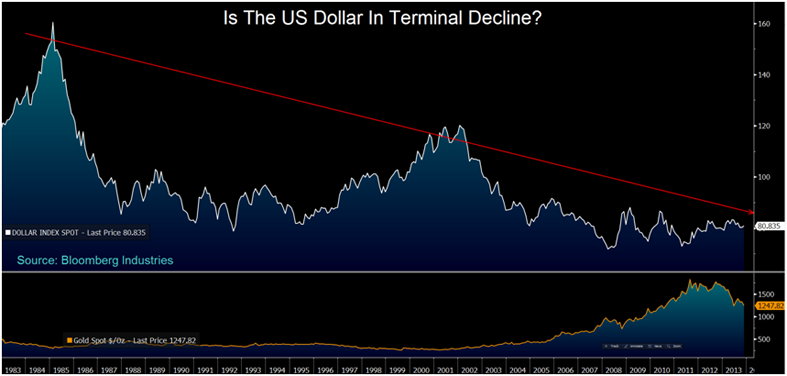Back in September in “This Is What Happens When The Bureau Of Labor Statistics Is Caught In A Lie” (a topic that has gained substantial prominence recently), we concluded our series exposing BLS data “massaging”, when as we predicted the monthly JOLTS survey, which had been trending at an implied monthly job gain of 140K and diverging massively from the NFP average of 198K, as can be seen on the chart below…
… finally caught up with reality, resulting in the single biggest monthly outlier in the data stream in the history of the survey.
To be sure, we explicitly warned ahead of time that a massive data revision was imminent as never before had two congruent series diverged so spectacularly. Specifically we said “This means that either the JOLTS survey is substantially under-representing the net turnover of workers, or that once the part-time frenzy in the NFP data normalizes, the monthly job gains will plunge to just over 100K per month to “normalize” for what has been a very peculiar upward “drift” in the NFP “data.”
Even Bill Gross read our prior post on the topic from August and tweeted his personal observations:
Gross: JOLTS data do NOT validate 200K #payroll prints. More like 125K. #Taper may be delayed if #Yellen has a big vote.
— PIMCO (@PIMCO) August 6, 2013
Of course, now that this record outlier is in the history books, it is in the BLS’ interest to slowly but surely “massage” it out with historical revisions. And following today’s just released most recent JOLTS report, the BLS has started to make sure that its own two key job datasets no longer diverge so much as to make a completely mockery of its “data” collection and analysis. This is shown in the chart below.

We are confident that with every passing month, silent revisionist history will allow the BLS to smooth out all the prior “data” until the July “sore thumb” outlier is perfectly subsumed in the trailing average. Which is why will keep the original data as long as needed to keep reminding the BLS that someone keeps watch.
But while the above is indicative of BLS data manipulation, both concurrent and historic, a bigger issue is that even with the adjusted data, there is still a rather notable problem when it comes to reports of the US employment.
The reason is that as we have been explaining for the greater part of 2013, the data sets showing NFP job gains and the Net turnover from JOLTS (hires less separations) has to by definition match. And for the most part it has as can be seen in the chart from the start of 2011:
What is not evident on the chart above is what happens when one zooms in only on the data in 2013, and specifically what the average monthly job gain is per the BLS’ nonfarm payrolls report on one hand – perhaps the most watched number in history now that the Fed’s tapering and perhaps QE-ending decisions all are “data dependent” just on this series – and what the JOLTS Net Turnover series shows.
It shows the following:
In short: from January to September (we exclude the October 204K print as there is no matching JOLTS number yet) the average monthly jobs gain per the Non-farm Payrolls report is 184K. However, when looking at the implied job gains per the JOLTS Net Turnover, this number is a far more disturbing 150K, some 20% lower.
Keep in mind this is using the adjusted, post-revision data, prior to which JOLTS suggested an average monthly gain as low as 125K.
This is a crucial difference and one which may be very critical in the eyes of the Fed when deciding on whether or not to taper in December, or March. Because now that we have entered a period in which the Fed itself is talking down the impact of “overoptimistic” jobs data in an attempt to delay tapering as much as possible, even invoking the labor force participation rate as a mitigating factor in the unemployment rate drop, what Bernanke and soon Yellen need, is another core data series showing the reality is actually worse than is being represented.
And what better source than the BLS’ own “secondary” survey of jobs?
Finally, one wonders: why does the NFP report so persistently over-represent jobs and under-represent employment? Because if the only purpose of US economic data is to serve a political agenda, one can see why the only variable that matters in the New Normal is the Fed.
![]()
via Zero Hedge http://feedproxy.google.com/~r/zerohedge/feed/~3/lJh7AMf-rPg/story01.htm Tyler Durden




















